MODULE 1.6 BYZANTINE AND ROMANESQUE COLORS
1/13
There's no tags or description
Looks like no tags are added yet.
Name | Mastery | Learn | Test | Matching | Spaced |
|---|
No study sessions yet.
14 Terms
Constantinople
founded a “New Rome” on the site of the ancient Greek city of Byzantium and named it Constantinople (city of Constantine)
He legitimately claimed to be the ruler of a united Roman Empire.
However, in the fifth century, the empire, officially a Christian state, fell apart.
The empire was divided into two, the Western and Eastern Roman Empire
Byzantium
Historians call the Eastern Christian Roman Empire “Byzantium,” employing Constantinople’s original name, and use the Byzantine to identify whatever pertains to Byzantium
The Byzantine emperors however, did not use these terms to define themselves.
They called their empire— “Rome” and themselves “Romans”.
Though they spoke Greek and not Latin
Byzantine Art
Christian art of the near east, and it grew out of the same background as Early Christian art.
Byzantine art was controlled by religion more rigidly and for a longer period than any subsequent style in the history of western art.
The church determined the subjects and prescribed rules as to how they were to be given visual expression
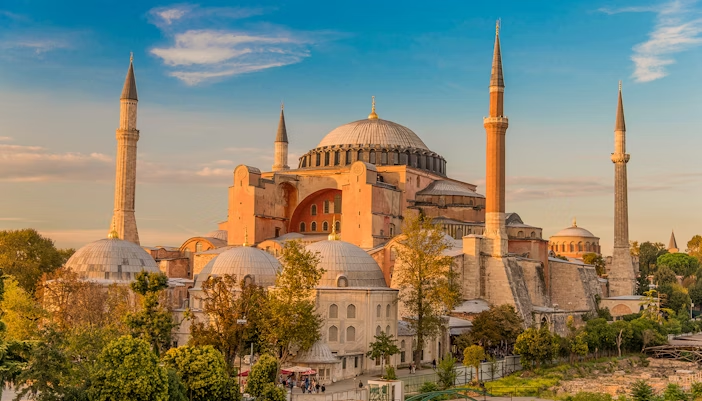
Hagia Sophia
most important monument of early Byzantine art, the Church of Holy
Wisdom, in Constantinople.Anthemius of Tralles and Isidorus of Miletus- a mathematician and a physicist rather than architects, designed and built the church for Justinian
mosaic
decorations in the interiors of byzantine churches
regarded as one of the climactic achievements of byzantine art
Romanesque
means ‘romanlike’
time of experimentation with new modes of expression.
feudalism
the communities were centered around the vital elements of safety and
protection. So each village was formed around the leadership of a powerful lord.The government consisted mainly of the lords and church. The lords lived in grand and wealthy manors, living upon the produce of their villages
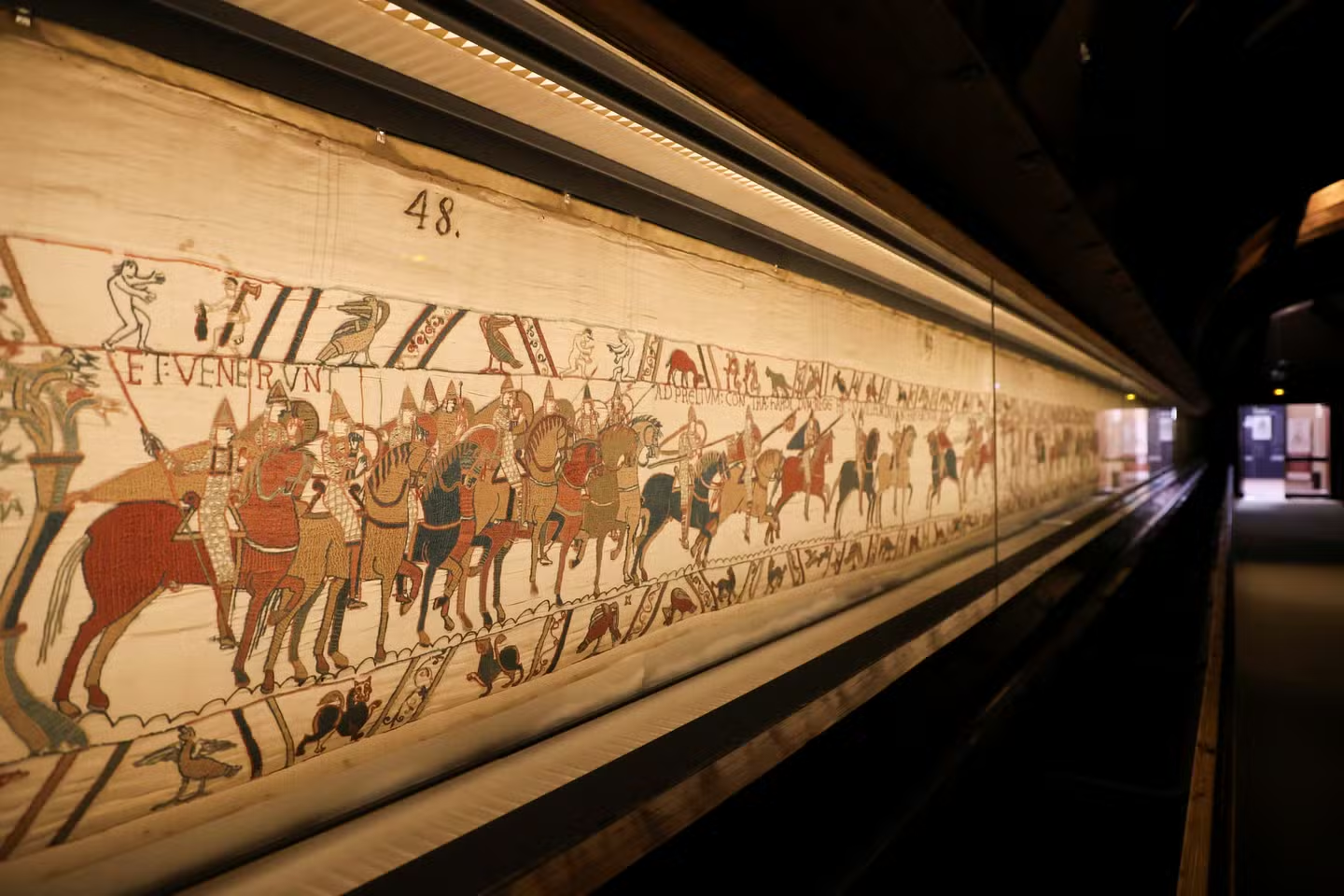
bayeux tapestry
created by stitching colored wool onto bleached linen
over 20 inches wide and 230 feet long
depicts the Norman invasion of England in 1066
murals
Romanesque artists used frescoe rather than mosaics to create framed scenes from Christ’s life along both sides of the nave and the semi-
dome apse.
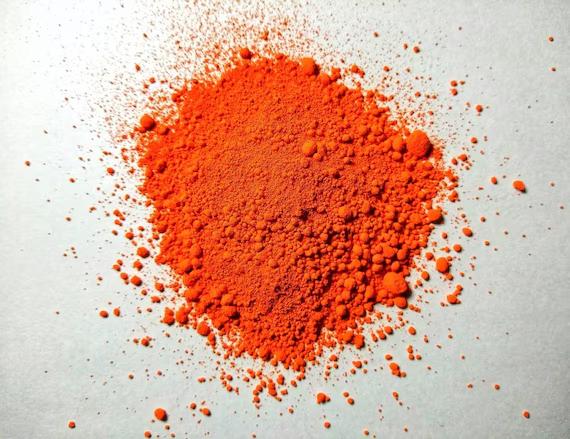
red lead
also known as minium
one of the earliest pigments artificially prepared and is still in used today
used as a pigment in the production of illuminated manuscripts, and gave its name to the minium or miniature, a style of picture painted with the colour.
used as a cheap alternative to vermilion and cinnabar.
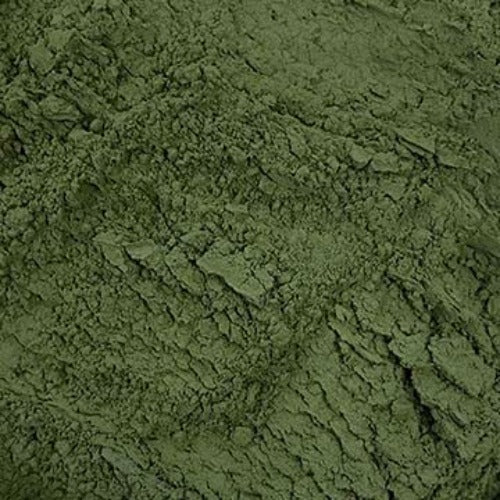
green earth
blue green earth pigment that was generally sourced from Hungary, Saxony, Verona and many parts of France.
Natural green pigment varying in composition and in shades of color.
low hiding power but is unaffected by light or chemicals.
mixture of hydrosilicate of Fe, Mg, Al, K, but other minerals are likely to be present.
Used since antiquity, medieval Italian painters used green earth for underpainting middle and shadow flesh tones
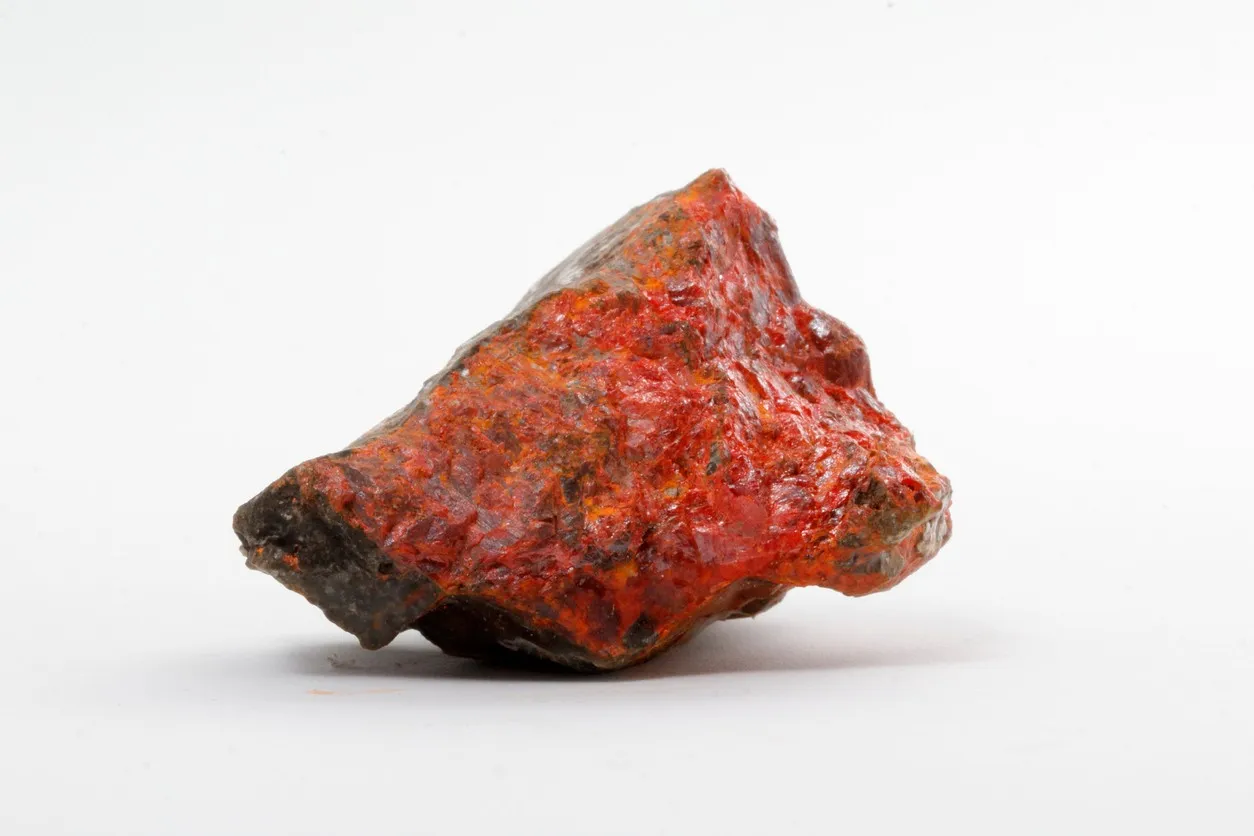
realgar
Red orange natural pigment closely related to the yellow orpiment.
It is a highly toxic arsenic sulfide and was the only pure orange pigment until modern chrome orange